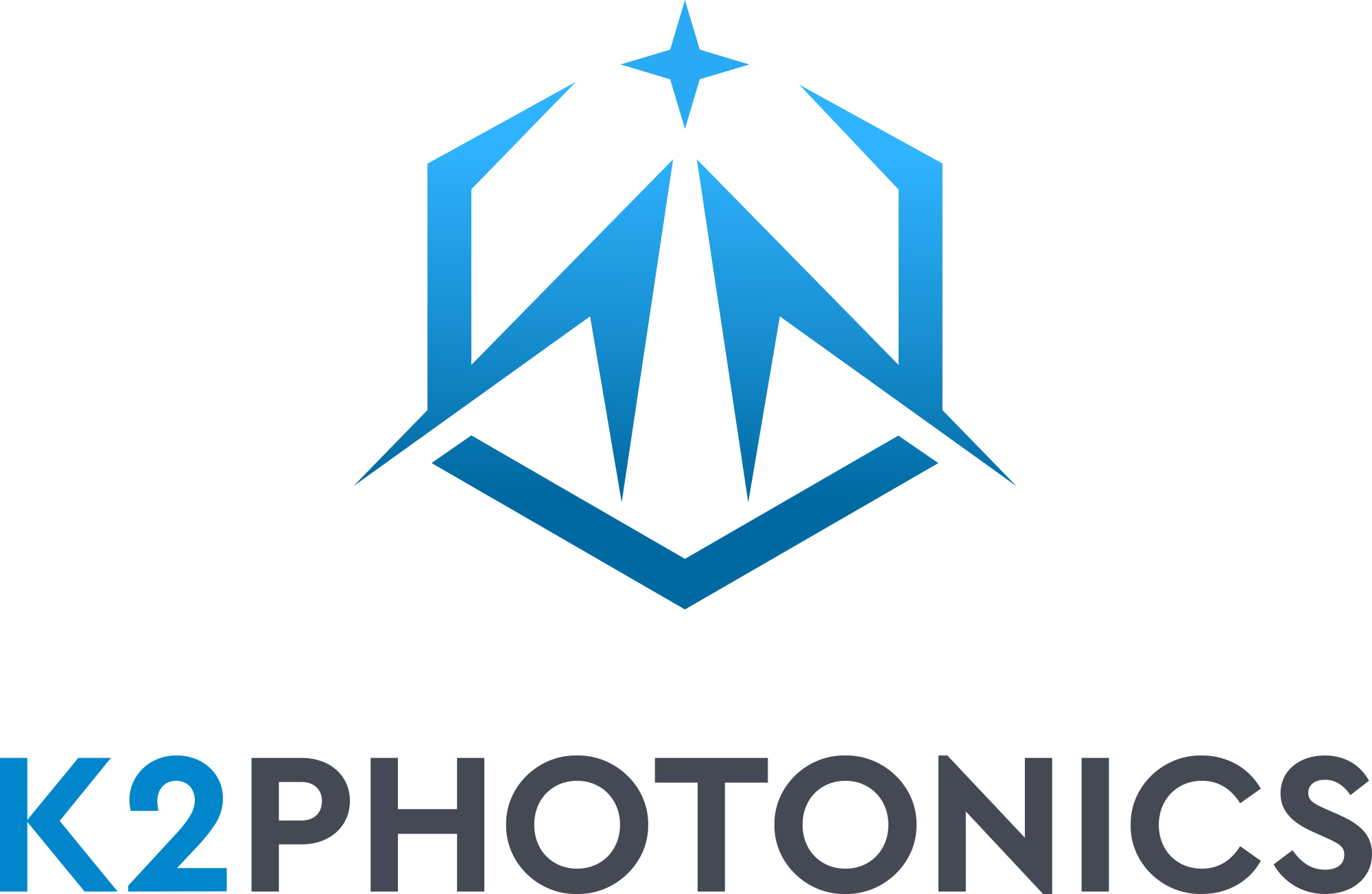Precision ranging
Measure long distances with frequency comb resolution.
Introduction
Precision ranging plays a crucial role in numerous fields such as industrial metrology, surveying, autonomous navigation, robotics, and remote sensing, among others. It enables the precise positioning and mapping of objects, the detection of tiny changes in distances, and the monitoring of dynamic environments with high accuracy.
Various methods are employed in precision ranging, including laser-based techniques such as time-of-flight (ToF) measurements, interferometry, and frequency-modulated continuous wave (FMCW) LiDAR (Light Detection and Ranging). These methods leverage the principles of light or electromagnetic waves to determine distances based on the measurement of travel time or phase shifts.
Dual-comb LiDAR
Dual-comb LiDAR is a cutting-edge sensing technology that combines the principles of ToF and interferometry, while also leveraging coherent signal amplification similar to FMCW LiDAR. This innovative approach combines the strengths of these techniques to achieve highly precise and rapid absolute distance measurements.
Traditional LiDAR systems typically rely on either ToF or interferometry for distance measurement. ToF measures the time it takes for laser pulses to travel to an object and back, while interferometry analyzes the interference patterns of laser beams. However, both methods have limitations in terms of measurement precision, speed, or range.
Dual-comb LiDAR overcomes these limitations by utilizing two frequency combs with slightly different repetition rates. When the emitted light interacts with the target object, a portion of it is reflected back. A portion of the light is also reflected by a reference reflector. By interfering the light from one comb reflected by both the target and the reference with light from the other comb and measuring the delay between the resulting interferograms, precise distance measurements can be obtained.
The key determining factors in dual-comb LiDAR are the pulse bandwidth, repetition rate, and repetition rate difference. By leveraging the Vernier effect, where the roles of the local oscillator and sampling oscillator are exchanged within the same measurement, dual-comb LiDAR can achieve an exceptionally long unambiguous measurement range. This range can extend to multiple hundreds of kilometers, surpassing the requirements of most practical applications. Meanwhile, the system can maintain micrometer precision, which is determined by the pulse duration (typically in the sub-ps range) and the speed of the data acquisition. Additionally, dual-comb LiDAR allows access to interference signals, enabling sub-wavelength precision in measurements. These combined features make dual-comb LiDAR a powerful technology for high-precision ranging applications.

Illustration of distance measurement signal in dual-comb LiDAR. The distance measurement repeats every 1/Δfᵣₑₚ. The time separation between Target and Reference pulses encodes the distance information. The distance can be determined purely from time-of-flight considerations or optical phase can be used to refine the distance measurement.
Dual-comb LiDAR with a single-cavity dual-comb laser
The utilization of a single-cavity dual-comb laser in dual-comb LiDAR systems is crucial for enabling practical applications of this technology. By incorporating a single-cavity design, the system becomes more compact, which is highly desirable for integration into various platforms and devices. The use of a single laser source eliminates the need for complex synchronization simplifying the overall system architecture.
Moreover, the single-cavity dual-comb laser approach offers scalability in production. With a simplified design, the manufacturing process becomes more streamlined, allowing for efficient and cost-effective production of dual-comb LiDAR systems. This scalability is particularly important for widespread adoption and commercialization of the technology.
K2 Photonics value proposition for precision ranging
Precision
Dual-comb LiDAR delivers unparalleled measurement precision by leveraging the time stretch factor for optical sampling, ensuring femtosecond-level accuracy in recording the returning pulses. Additionally, the utilization of optical phase information further enhances the precision of the measurements, enabling precise and detailed ranging capabilities.
Sensitivity
Coherent amplification by the local oscillator in dual-comb LiDAR allows to obtain high sensitivity detection of the returning reflections. Furthermore, mode-locked solid-state lasers produce laser light with ultra-low noise (RIN and timing) at high frequencies, enabling highly sensitive, shot-noise limited measurements.



